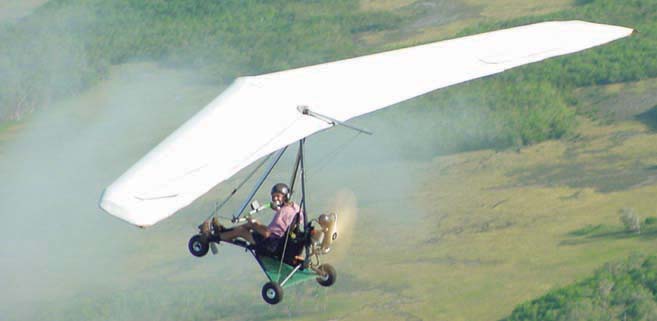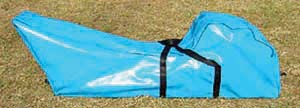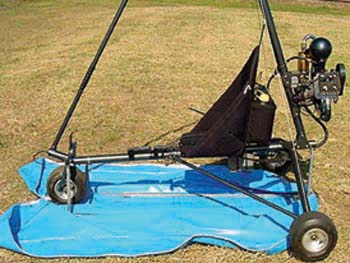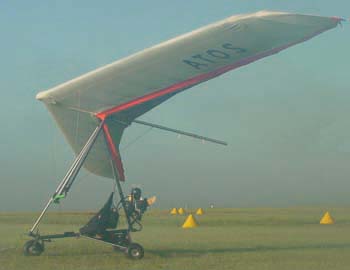
Combo to consider: light trikes and the ATOS wing. Attention may be centered on SportPlanes™these days, but many aircraft in the rest of the world of Light Stuff can fly on as if no new regulation were pending. Such aircraft include the range of what the FAA calls ultralight vehicles, but this category isn’t limited to the U.S. At least through the next three-plus years, two-place trainer ultralights may still operate under their present-day programs. But this month we focus on genuine, by-the-numbers, single-place ultralight vehicles, just as Part 103 rule-writer Mike Sacrey intended. The U.S. isn’t the only country allowing very light aircraft to fly under relaxed rules. England has a sub-70 (kilogram) rule that permits powered hang gliders and superlight trikes. Australia also permits these light machines. For such machines in the U.S., Federal Air Regulation Part 103 remains the relevant rule. Introducing Airtime Products Continuing the theme of international brands reaching U.S.








